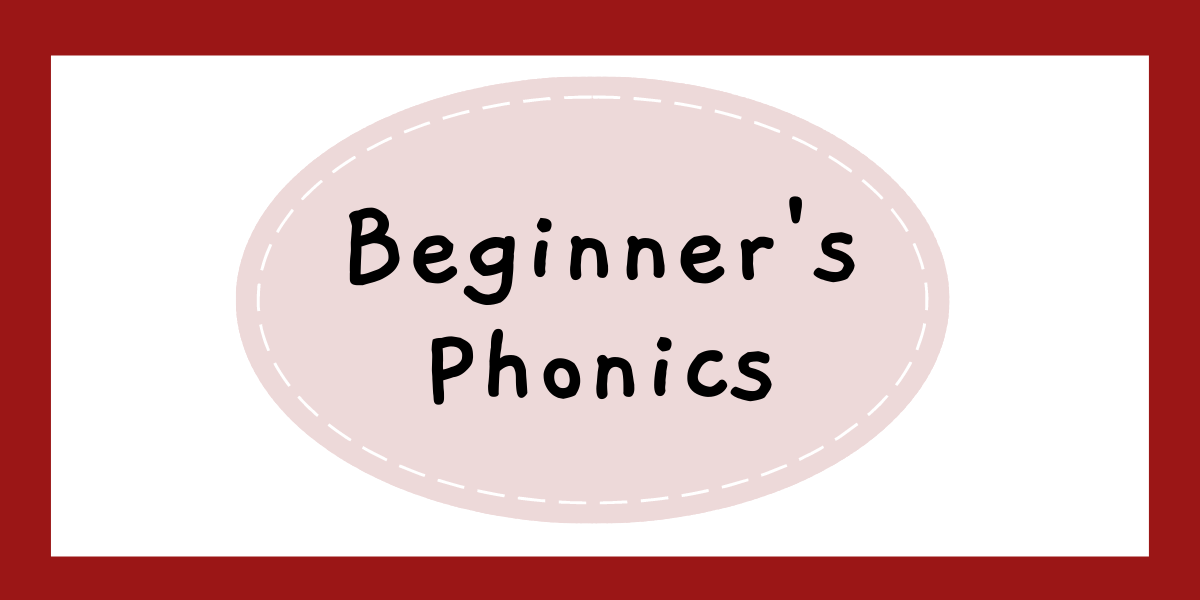Vowels and Consonants for Beginners

Learning English’s vowels and consonants is a core skill that all English learners will need to have. Strong phonics skills now will translate into better reading and writing skills later on. We have made this guide to help you and your child master vowels and consonants with step-by-step instructions and everything we think you will need to become a phonics teaching pro.
Free Vowels and Consonants Flashcards
To help you and your children practice phonics, we have made some free flashcards that you can use. The flashcards can be colored and include a find the letter game on each page. Just click here or on the picture below to go to the download.
Vowels and Consonants A-Z
Vowels and consonants lessons begin with knowing the sounds of each of the letters of the alphabet. Our lessons are laid out in the general order that we would teach them. Consonants are, for the most part, paired with similar-sounding consonant pairs to make it easier for your child.
These lessons will become the fundamentals of your child’s reading skills. Pair these lessons and our free flashcards to help teach your child phonics at home.
Long Vowels and Other Consonants
Phonics doesn’t stop with the 26 letters of the alphabet. In these more advanced lessons, we are going to introduce long vowels and their patterns. As well, we will teach your child about the sounds made by the letters th, ch, sh, and ng. Use these lessons to complete your child’s basic level of vowels and consonants.
Vowels and Consonants Phonics Helpers
The phonics of vowels and consonants can be a really tricky thing to teach. To help you along, we have tried to put all of our best resources in one place to make sure that you will find success in teaching your child to read. Our articles here include games, songs, activities, and strategies you can employ to help your child master phonics.
What are Vowels and Consonants?
In the English language, we have 5 main vowels: a, e, i, o, and u. We usually say that each of these vowels makes two sounds, a short vowel sound, and a long vowel sound.
Short vowel sounds are “a” as in apple, “e” as in egg, “i” as in igloo, “o” as in octopus, and “u” as in umbrella.
Long vowels are “a” as in name, “e” as in here, “i” as in fight, “o” as in hole, and “u” as in cute.
The majority of letters in English are considered consonants. Consonants are formed when air is restricted in some way while you are making a sound. This restriction can be in your throat or mouth and can be often caused by your tongue, teeth, lips, or some combination of these. All of the letters except a, e, i, o, and u are consonants. “Y” is unique in that it can be both a vowel or a consonant.
What is Phonics?
Phonics is a system of learning where we emphasize the most common sound-letter combinations. All of this is with the end goal of getting kids to be able to sound out words and read on their own. Instead of learning words as a whole, we break words down into their sounds represented by the letters that comprise those words.
How Do You Teach Your Child Vowels and Consonants?
We have a whole post on this topic here. However, in short, you want to teach phonics in a systematic way that emphasizes the ability to break words down and “sound them out.”
While teaching, you will also want to keep your children’s attention by playing games, listening to songs, or reading books with them. The key to teaching them phonics is making it fun for them and reinforcing the things that they have already learned through activities that they like.
What Vowels and Consonants Should I Teach First?
We have generally laid out our lessons in the order that we would teach them. Start with learning all of the short vowel sounds and consonant sounds. We have chosen to organize them by similar sounds instead of by the order of the alphabet, but of course, the order you teach them in is up to you.
You can then move into long vowels and the phonemes represented by more than one letter (th, sh, ch, and ng). These lessons should get you through basic phonics. So the next step would be to begin blending sounds to make words and then to have them read on their own.
Does Phonics Work For Every Child?
Every child is different. Some children will have more difficulties with phonics and reading in general compared to their classmates. If you are having trouble with your child, it could be that they are too young. Most children do not learn to read until they are 6 or 7.
What Age Should You Teach Phonics?
You can start familiarizing children with the sounds of English at any age. Actual phonics instruction depends on the child. I have taught some children as young as three, whereas others needed more time to develop before we could start teaching them how to read.
I Have More Questions!
Yes, unfortunately, we cannot explore every topic here or answer every question. If you have a quick question, you can send us a message at the link below, or click here. If you need more help, you can schedule a chat with us to discuss your situation and questions.


























